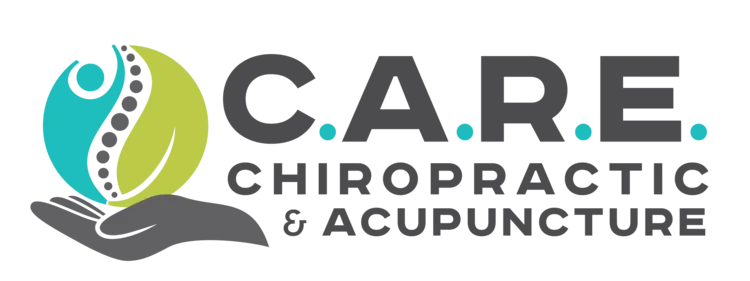Your sacroiliac joint is the mechanical link on each side of your hip that connects your legs to the rest of your body. The joint has a limited but very important degree of mobility. Symptoms develop when one or both of the joints loses normal motion. When a joint becomes "restricted", a self-perpetuating cycle of discomfort follows. Restriction causes the muscles to become overworked, leading to tightness, compression, inflammation, pain, and more restriction.
Sacroiliac problems can happen as a result of repetitive strenuous activity or trauma- like a fall onto the buttocks. Other causes of sacroiliac joint problems include poor posture, having one leg slightly longer than another, having an altered gait, having flat feet or scoliosis, or having pain somewhere else in your legs. Pregnancy is a common trigger for sacroiliac joint problems due to weight gain, gait changes, and postural stress.
Sacroiliac joint problems often begin as a focal discomfort in your back just below the beltline, slightly to one side of the center. Your pain can travel into your buttock or thigh. Symptoms are often worse by standing on the affected side. The pain may become more apparent when you change positions- like exiting a chair, car, or bed, or during long car rides. The pain is often relieved by lying down.
To assist with your recovery, you should avoid any activity that provokes pain, like standing on the affected leg or prolonged sitting. Our office may suggest a sacroiliac support belt to help stabilize your joint.
Use the following exercises in addition to your initial treatment recommendation:
SUPINE PIRIFORMIS STRETCH Lie flat on your back with your affected knee bent and your ankle touching the outside of your opposite leg. Grasp your knee and pull your thigh across your chest toward your opposite shoulder. If you are unable to comfortably reach your knee, grasp a thin towel wrapped around your knee. Against the resistance of your hand, contract your affected hip in an attempt to push your knee outward for seven seconds. Relax and pull your knee further across your body towards your shoulder to increase the stretch. "Lock in" to this new position and perform three contract/relax cycles on each side twice per day or as directed.

STANDING ITB STRETCH Stand facing a kitchen sink or half wall with your involved leg in a scissor position behind your other leg. While bending your front knee, keep your back knee straight slowly drop your back hip toward the floor until you feel a stretch. Against the resistance of the floor, attempt to contract your rear leg into abduction (as though you were performing a side kick) for seven seconds. Relax and drop to increase the stretch. "Lock in" to this new position and repeat three contract/relax cycles on each side twice per day or as directed.


